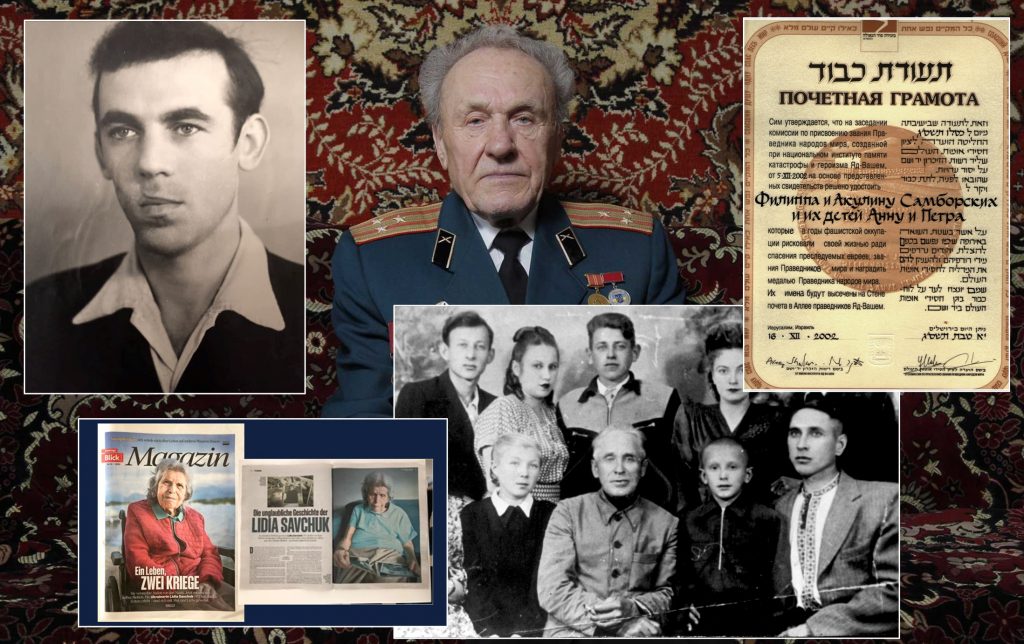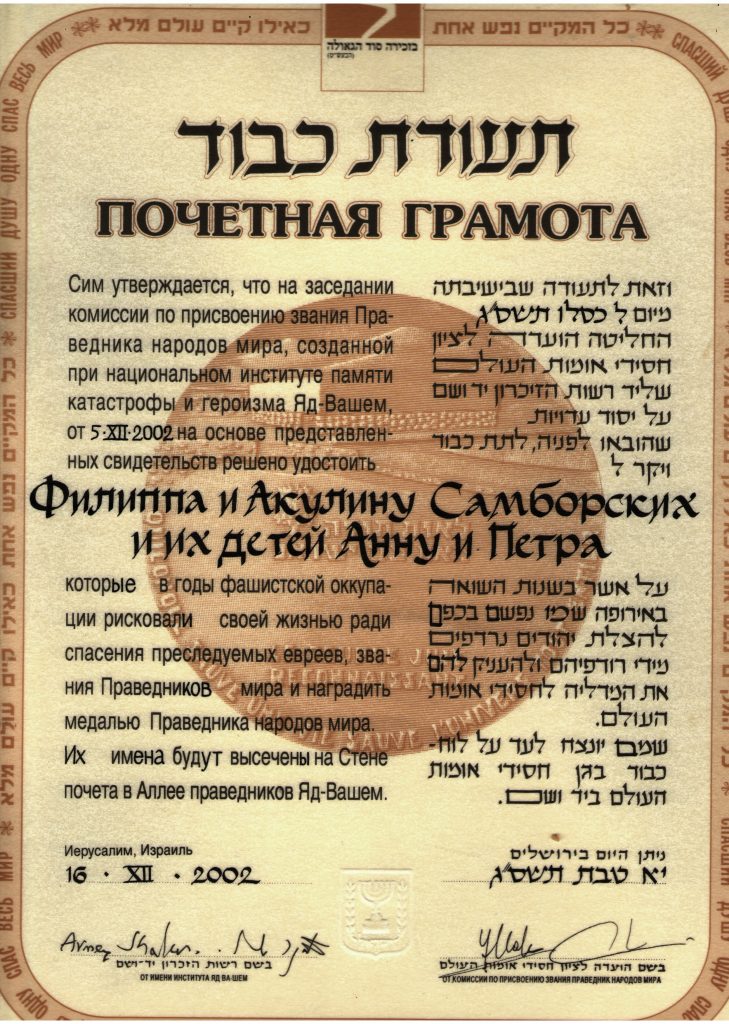Righteous Among the Nations from Vinnytsia Oblast
May 14 is Remembrance Day for Ukrainians who rescued Jews during the Holocaust. The Ukrainian Jewish Encounter (UJE) continues to publish articles on the Ukrainian Righteous Among the Nations from cities affected by Russian aggression, and today we turn to Vinnytsia.
According to the database of the Righteous Among the Nations maintained by the Yad Vashem Holocaust Memorial Complex, there are 306 Jewish rescue stories in the Vinnytsia region where the rescuers are recognized as the Righteous Among the Nations. Thirty of these heroic acts took place in the city of Vinnytsia itself.
According to the law of the State of Israel, the Righteous Among the Nations honor can be bestowed upon people who were aware that they were saving Jews and that they were facing execution at the hands of the Nazi authorities for that. Another condition is that the Righteous did not receive money or some other reward for their act.
Today, the acts of the Righteous have acquired particular importance. These families are examples of humanity and selflessness for millions of Ukrainian volunteers supporting Ukraine's Armed Forces and the rear during the Russian invasion.
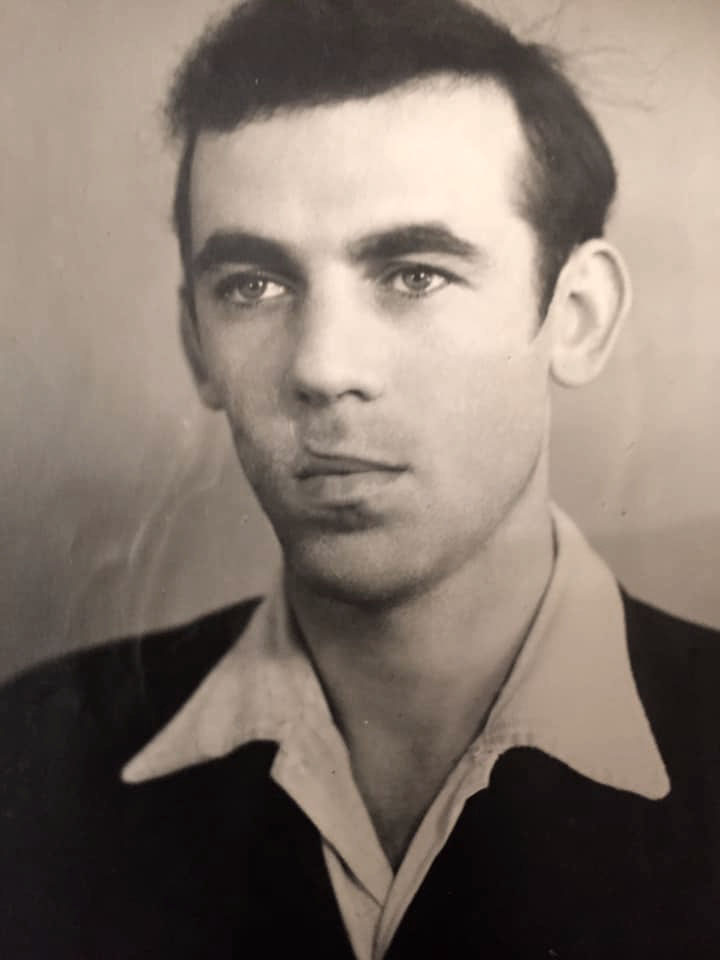
The Stanislavov family and Valentyna Halkina
By 1939, more than 30,000 Jews living in Vinnytsia accounted for over 35 percent of its population. Almost all of them were killed in the Shoah.
Among the survivors was Aharon Bronshtein. According to Yad Vashem, in May 1942, local residents brought Bronshtein, who was ten at the time, to the house of the medical attendant Hryhorii Bilychenko in the village of Zhabelivka, Vinnytsia oblast. Bronshtein was injured in his jaw after a local policeman tried to kill him by shooting him in the face. Bilychenko provided first aid to the Jewish boy and transported him to the surgeon Volodymyr Misevych.
"Misevych managed to remove the bullet from Bronshtein's jaw, and he fixed, as best he could, the damage that had been caused to his face. Bronshtein stayed in the hospital to recuperate for many weeks, and during this time, he was looked after by Misevych and his wife, Dr. Valentyna Alferova, who also worked as a doctor in the same hospital. After Bronshtein had recovered, he was permitted to remain on the hospital grounds, and he helped the maintenance workers there. He lived in relative peace for ten months until a hospital patient realized that he was Jewish. Before the rumor could spread to the municipal authorities, Bronshtein fled," reads the story on the Yad Vashem site.
In the spring of 1943, Bronshtein returned to Vinnytsia, his hometown. Some of his former neighbors took pity on him and gave him food but did not shelter him in their homes. The Stanislavov daughters, Nina and Valentyna, met the boy on the street and took him to their parents' home. Bronshtein hid alternatively in the home and their granary, and when the summer came, he began to take their horse out to pasture. He would leave the house early in the dark each day and return after nightfall so no one would notice him. Once, when he was returning with the horse, some people were already waiting for him. The boy got scared and ran away, after which he wandered around as a beggar until Vinnytsia was liberated in March 1944.
Yad Vashem awarded the honorary title "Righteous Among the Nations" to Hryhorii Bilychenko on 4 September 1997, to Volodymyr Misevych and his wife Valentyna Alferova on 6 December 1999, and to Mykhailo and Yelyzaveta Stanislavov and their daughters Nina Brind and Valentyna Halkina on 5 May 2002.
Valentyna Halkina passed away in December 2022. Her family now lives in Vinnytsia.
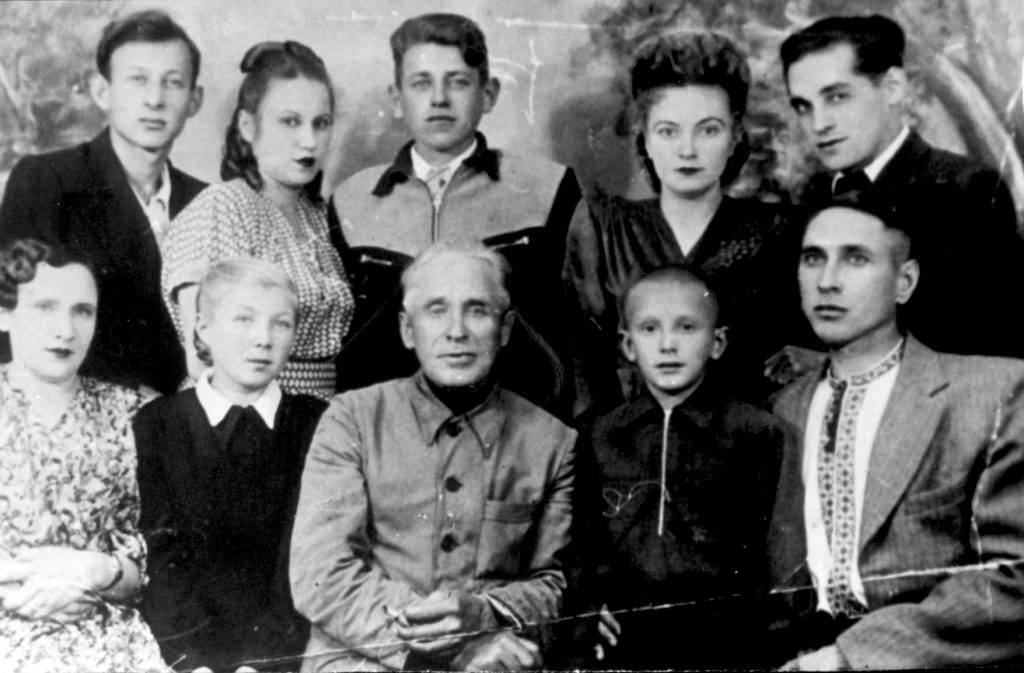
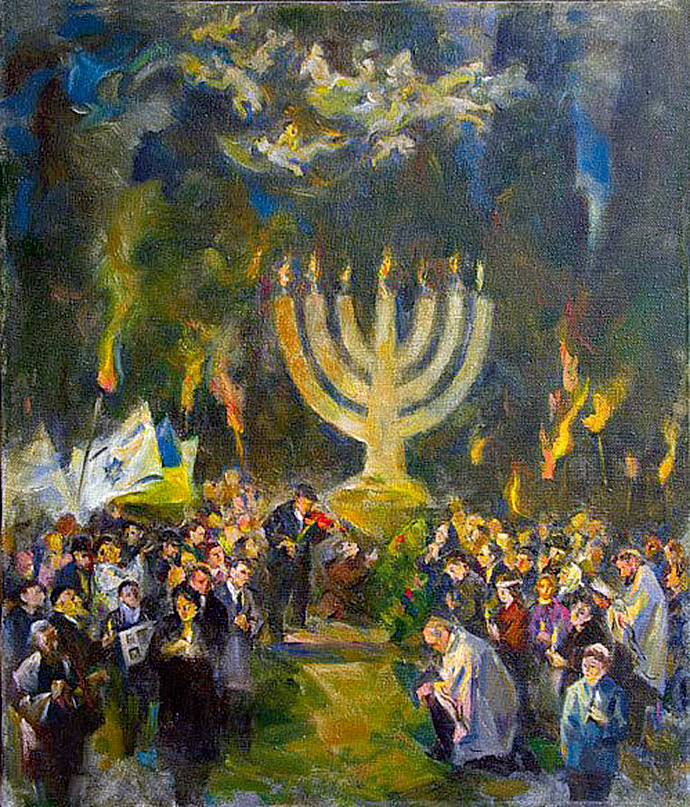
Lidia Savchuk
The Savchuk family, residents of Vinnytsia at the time, rescued Isaak Tartakovsky, who later became an outstanding painter and was awarded the People's Artist of Ukraine title. His paintings are found in museum collections around the world.
Nadiia and Stepan Savchuk and their daughter Lidia were recognized as the Righteous Among the Nations.
Tartakovsky's son, Honored Artist of Ukraine Anatolii Tartakovsky, has shared the touching story of the rescue from the Stories of Rescue and Assistance to Jews During the 1941–45 Patriotic War. Memoirs of the Righteous Among the Nations Lidia Stepanivna Savchuk.
"I, Lidia Savchuk, am Ukrainian and was born in 1925. Before and during the Great Patriotic War, I lived with my father Stepan Savchuk and my mother, Nadiia Savchuk, in a small one-story building at 69 Pershotravneva Street, not far from downtown Vinnytsia. The Tulchyns, a Jewish family, lived in the same house.
Our family did not manage to evacuate to the rear due to the lack of transport, and the family members were not so easy to move. My father had a second-degree disability; my mother was diagnosed with multiple sclerosis and could hardly move around the room, and my paternal grandmother was 80. I was there with them, while my brother was at the front.
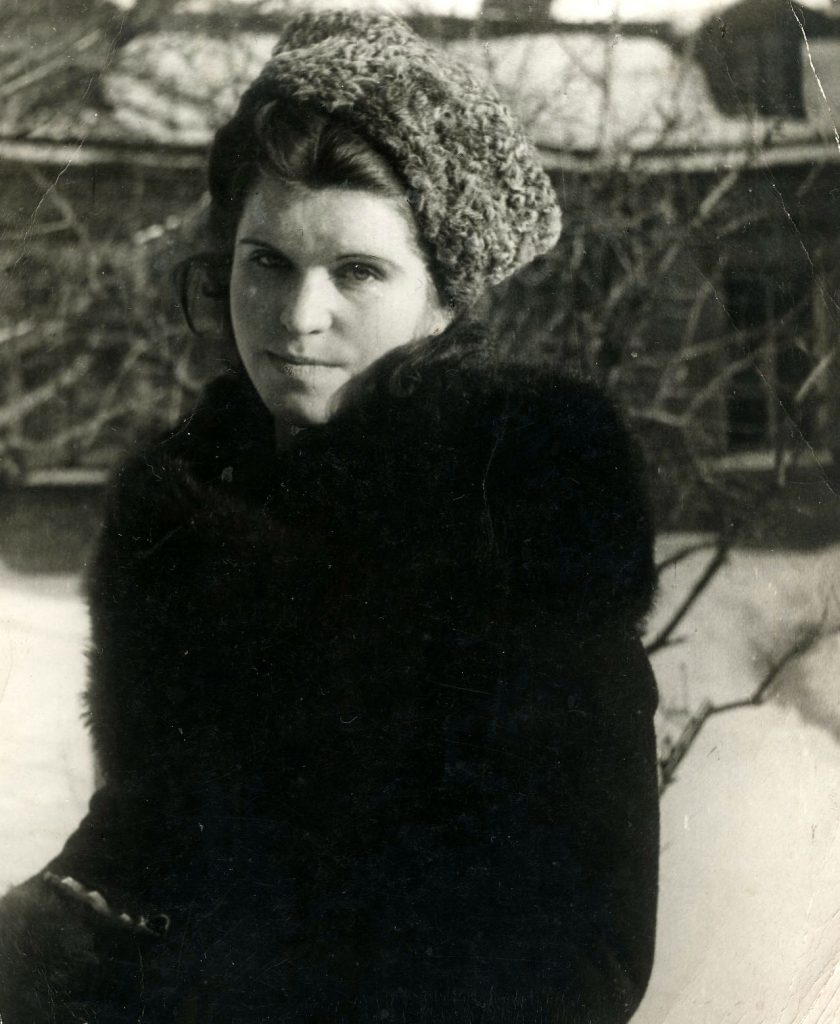
The Nazis occupied Vinnytsia in 1941.
In September 1942, a man came to our house, saying he was released from captivity, and asked if he could stay with us for a while. We had compassion on him and took him in. From our conversations, he learned about our good attitude toward Jews and that we had always had many Jewish friends. He said he was also Jewish, Tartakovsky from Kyiv. This frightened us, but after some discussion, we agreed to let him stay. We put him in a three-meter-high storage room with access to the attic. During the raids, he would hide in the attic, and the ladder would also be moved to the attic or put in the barn behind firewood.
In April 1943, the Germans evicted us from our apartment. My father asked Bohotska, a lady who owned a rural house on Nahirna Street in the Old Town, on the city's outskirts, to take us in. My father told the landlady that Tartakovsky was a relative of his, and he moved in with us. There, too, he had to hide in a barn.
On 20 March 1944, Vinnytsia was liberated from the Nazis. Tartakovsky went to the military registration and enlistment office and was drafted into the Red Army.
In 1953, Tartakovsky and I met by chance in Kyiv at the Main Post Office. In May 1953, we got married, and our children, son Anatolii and daughter Olena, were born in 1954 and 1958, respectively."
When Lidia Savchuk was evacuated from Kyiv in the spring of 2022, she was personally assisted during transportation by the Ambassador Extraordinary and Plenipotentiary of the State of Israel, Michael Brodsky. She now lives with her daughter Olena and her family in Europe.
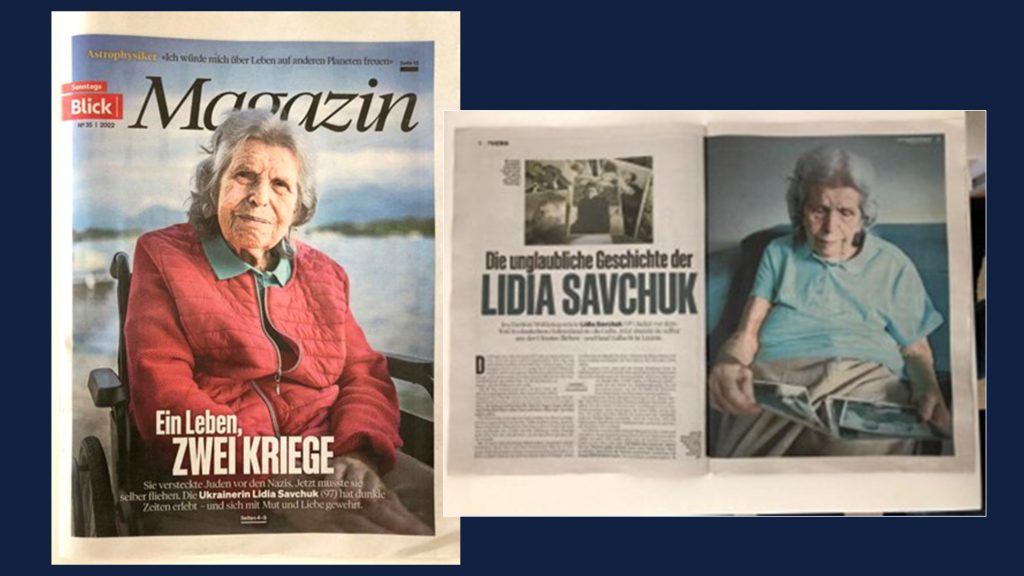
The Nazarenko family
One of the films of the Word of the Righteous project is dedicated to the heroic deed of the Nazarenko family.
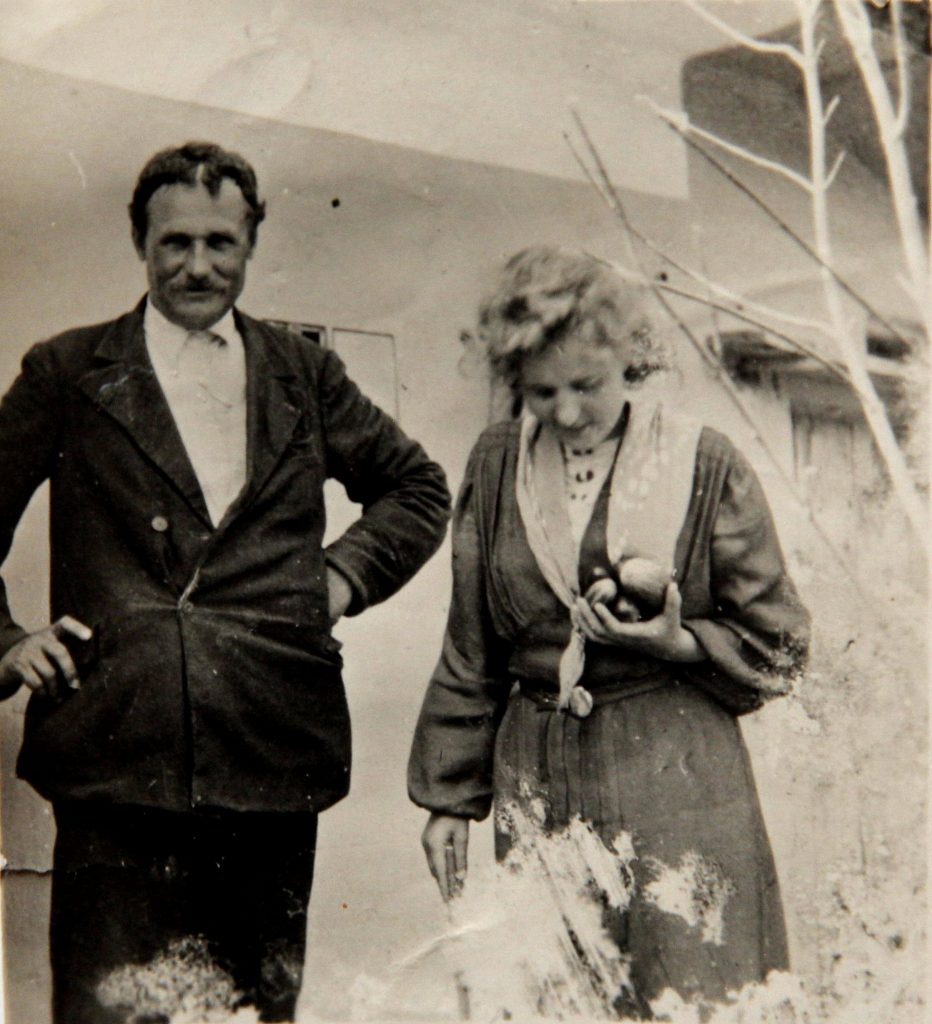
Moisei Nazarenko, his wife Lukeria, and their children lived in the village of Viitivtsi. In September 1941, they decided to shelter a Jewish seamstress named Etia Yadushliver. She mended the family's clothes, and the Nazarenkos supported her. Anti-Jewish pogroms began in the area, and the Nazarenko family decided to hide her in their home.
Etia asked the Nazarenkos to rescue her daughter Betia, who was in the ghetto in the town of Nemyriv. The Nazarenko daughters, Yefrosynia and Nadiia, went to the Nemyriv ghetto and found Betia simply by description. According to the Yad Vashem portal, Betia worked as a forced laborer, paving roads. The girls returned to Viitivtsi with Betia.
According to Yad Vashem, the Nazarenkos hid Etia and her daughter Betia in various hiding places, depending on the season and circumstances: in the barn, attic, or basement. No one spotted them. At some point, the situation in the village became very tense, and Etia and Betia were afraid they would be found and went to hide in a haystack in the field, staying there for eight days. All this time, Vasyl, the Nazarenkos' youngest son, brought them food and kept them updated about what happened in the village. They hid at the Nazarenkos' place until the liberation in March 1944, after which they left and settled in Vinnytsia. For many years the Yadushlivers kept in touch with the Nazarenko family. On 2 January 1995, Yad Vashem recognized Moisei and Lukeria Nazarenko and their children Yefrosynia, Nadia, and Vasyl as the Righteous Among the Nations.
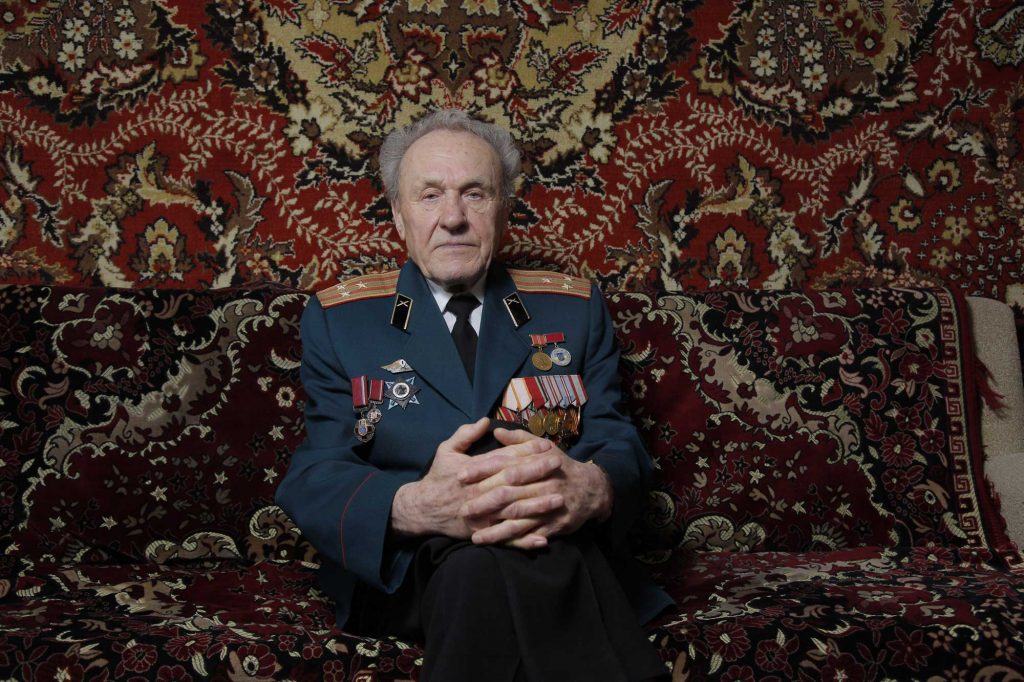
Other outstanding people
There are hundreds of other Righteous Among the Nations from Vinnytsia oblast.
Our Word of the Righteous project is friends with several more families. Here is Hanna Korchak, who, together with her parents, rescued Anna Stolovytska.
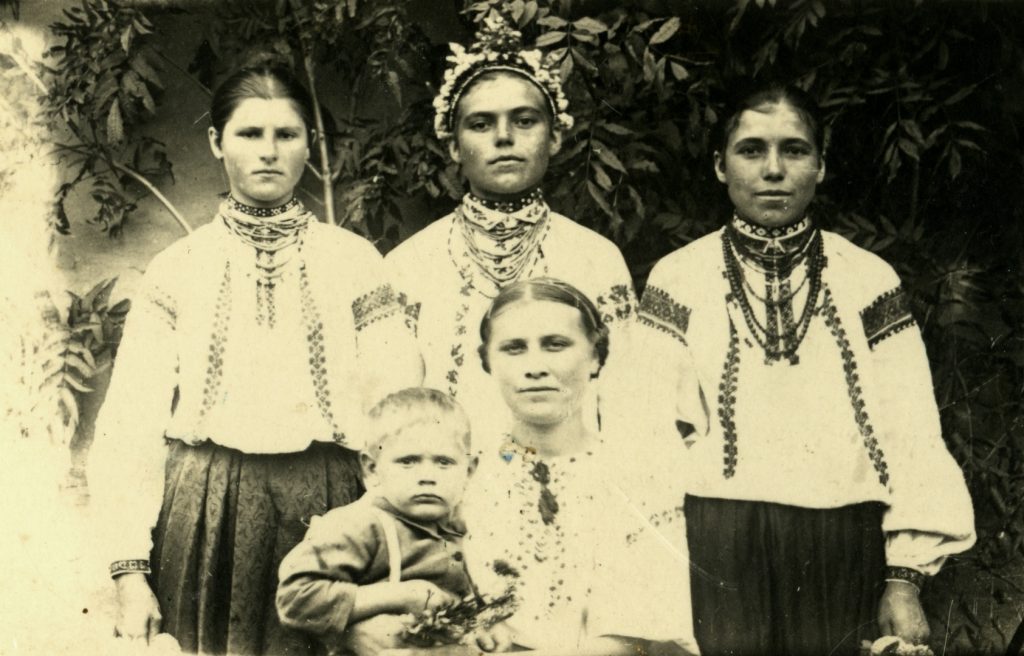
The family of Kateryna Melnychuk, who saved Fania Pikman.
The Samborsky family from the town of Sharhorod rescued, together with the Pliasetsky family, many Jews, including Mykhailo and Roman Bargraser, Faina Zabarko, Riva Katz, Ita Milman, Sara and Rachel Rabinovich, and Rachel Schvarzbroit.
Petro Samborsky worked in stores as a salesman and purchasing officer, as well as an insurance agent. In 1944, he changed his documents, adding a year to his life to join the Red Army. His family now lives in Sharhorod.
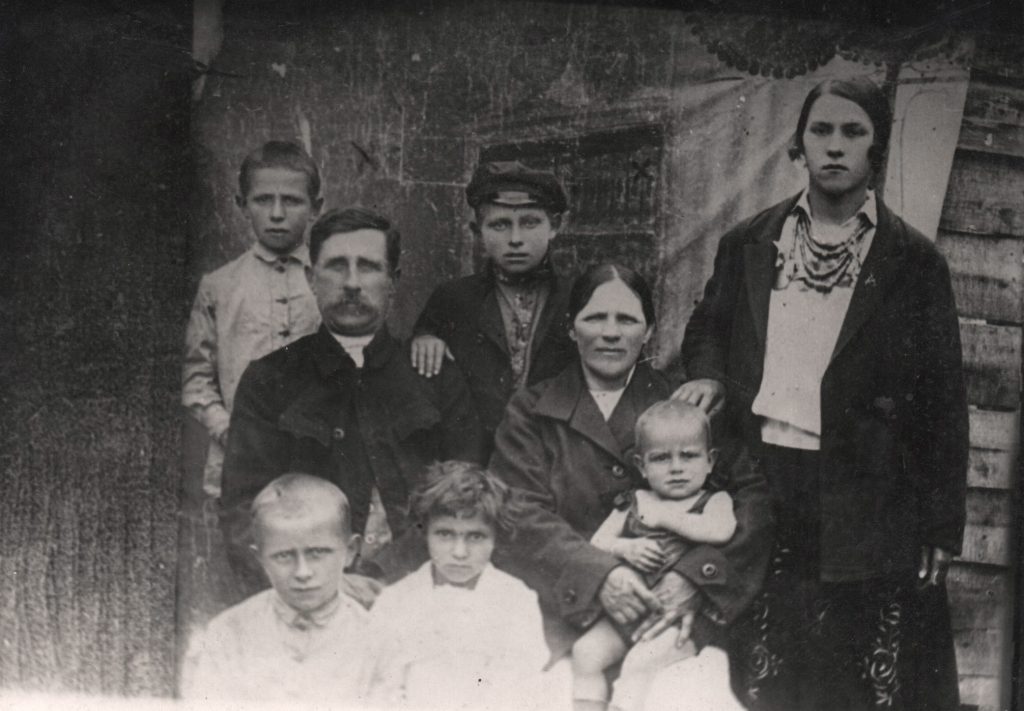
Maria and Vasyl Manilko rescued the large Jewish family of Burshteins.
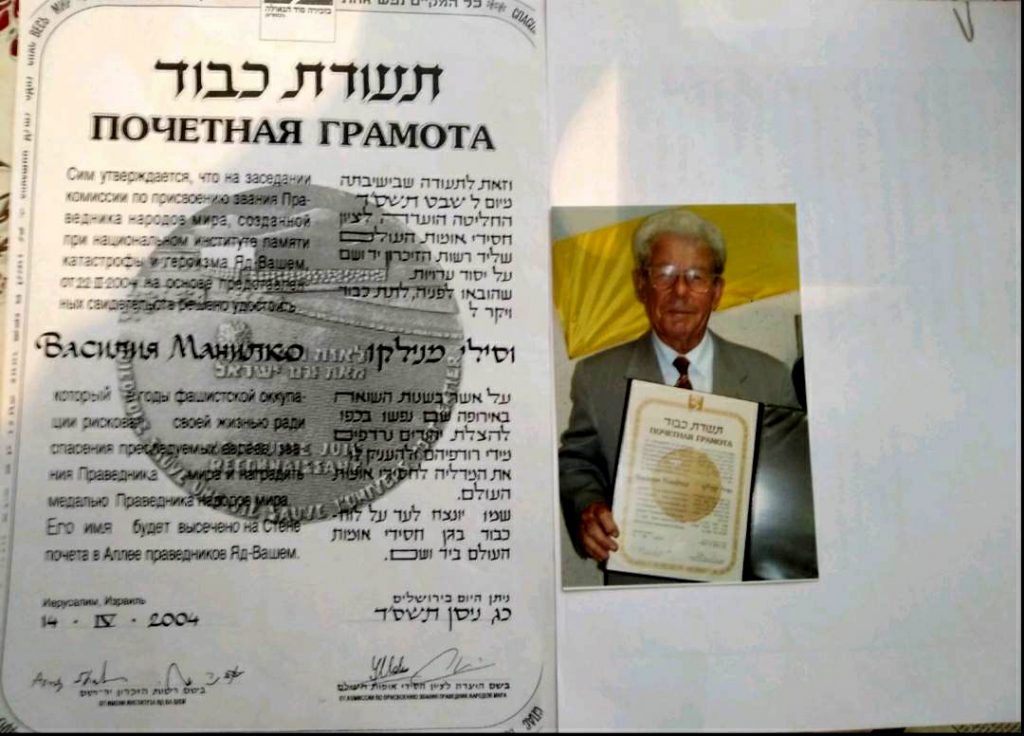
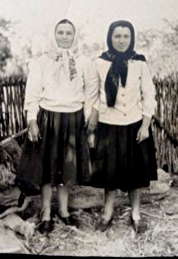
Yefrosynia Humeniuk (Yaremchuk), her sister Marfa, and her husband Adam rescued the Libman family. "A Romanian detention camp was established in Karyshkiv. Its inmates were Jews deported from Bessarabia and Bukovina. Several hundred people were accommodated in pigsties and other kolkhoz household buildings; they were […] barely supplied with food. As winter approached, many of them started to die of exposure, hunger, and diseases. In order to survive, inmates started going out of the camp, although it was forbidden, in order to beg for alms from the locals. In 1942, the Yaremchuks were approached by the Jewish Libman family, originally from the town of Briceni (nowadays in Moldova). The head of the family, Leiba Libman, […] his wife Riva and the children Semeon, Buzya, and Yakov," Yad Vashem reports.
The Yaremchuks lived in poverty, but they shared the little they had with the Libmans and helped them find a source of income in the village. Thanks to the Yaremchuks, the Libman family survived the occupation and saw the liberation in March 1944.
Almost all the survivors tell similar stories. The families of the Righteous lived in extreme poverty, but they were willing to give their last to save lives.
Marharyta Ormotsadze
Marharyta Ormotsadze is a co-founder/producer of the Word of the Righteous project, which tells about the valor of Ukrainians who saved Jews throughout Ukraine during the Holocaust.







